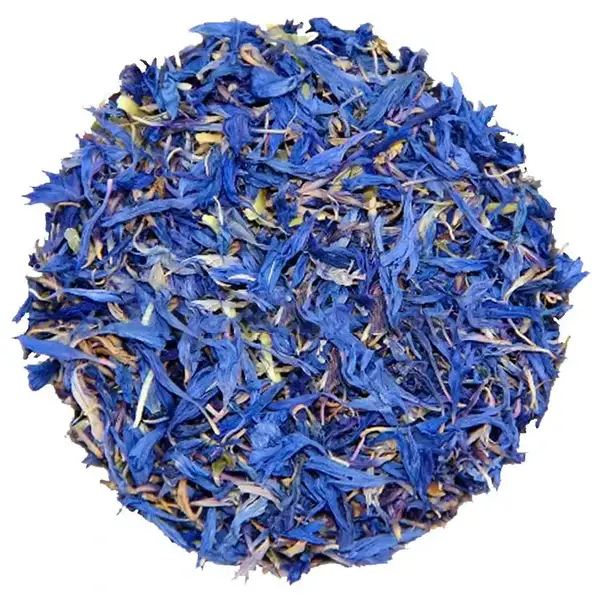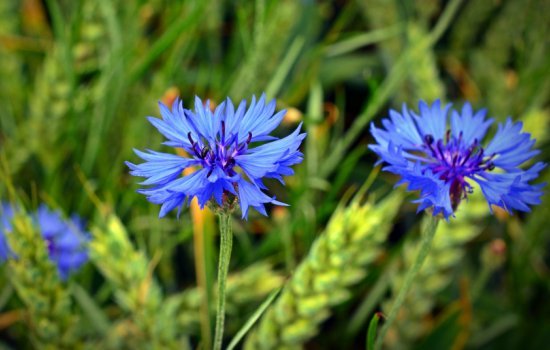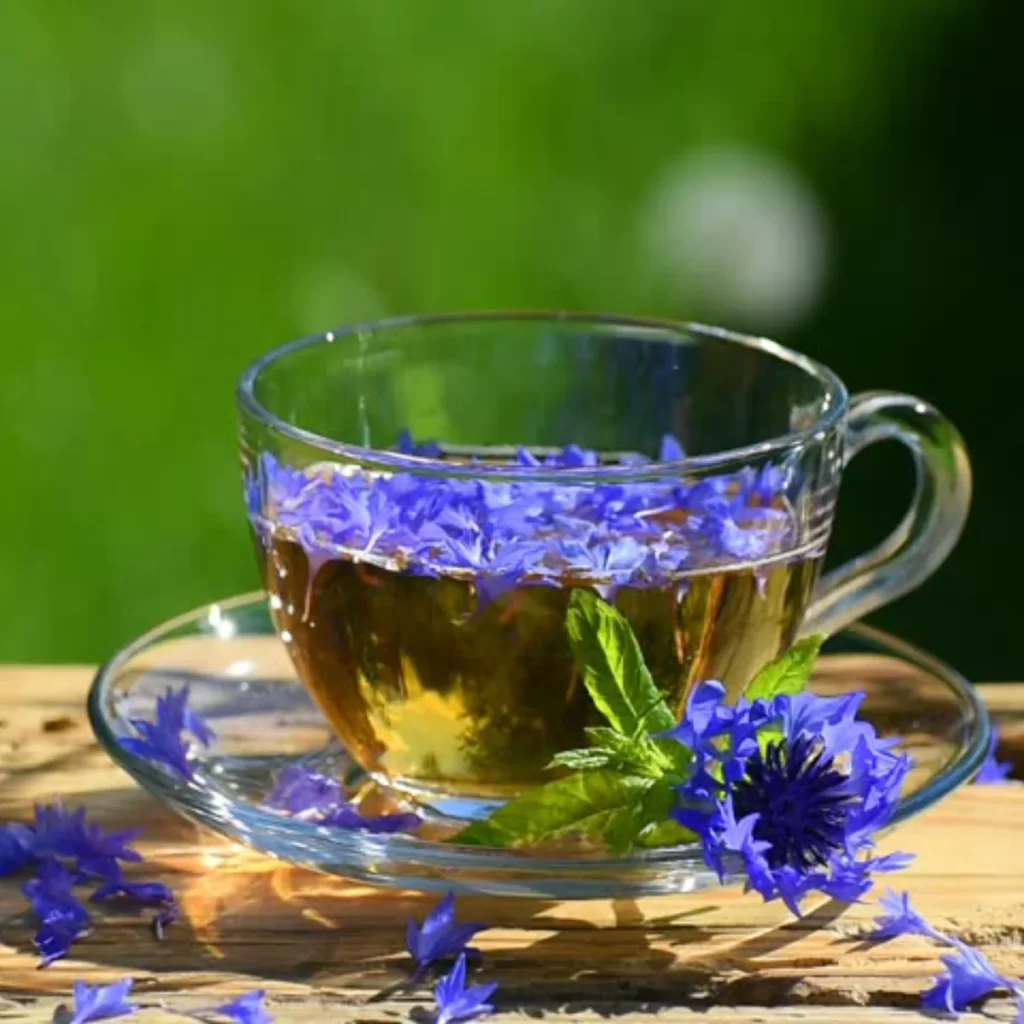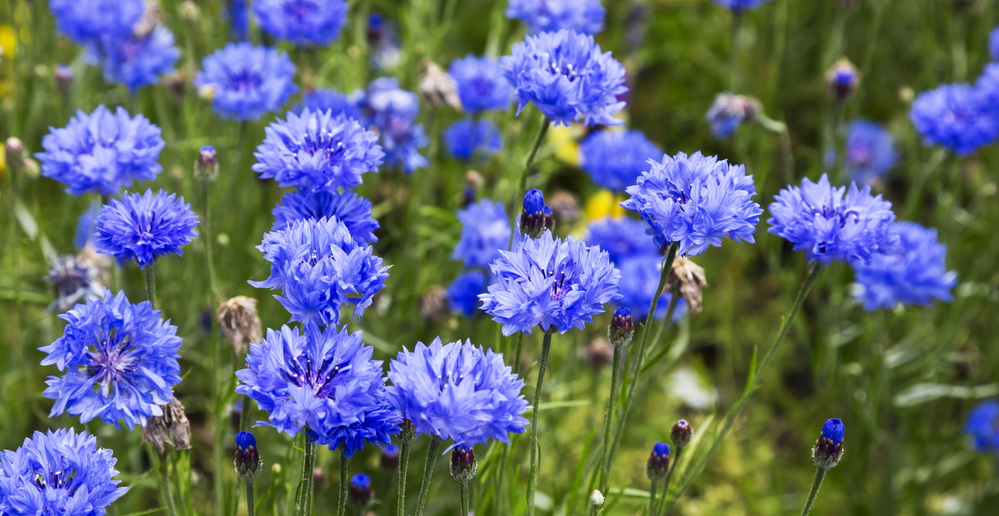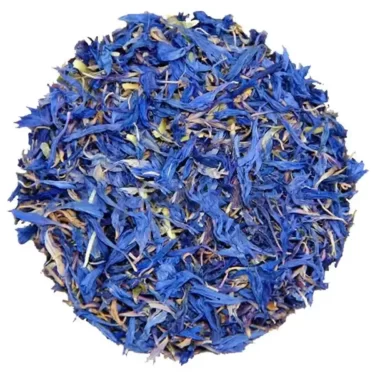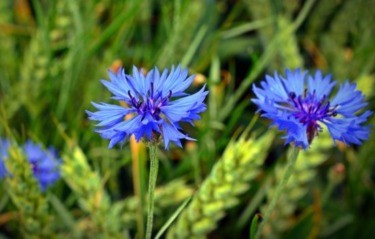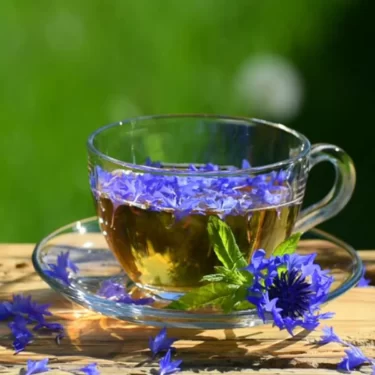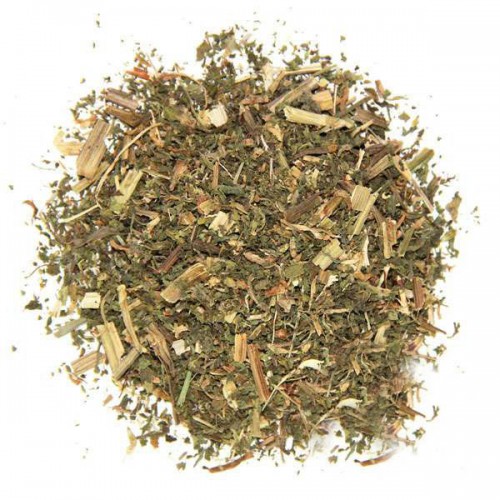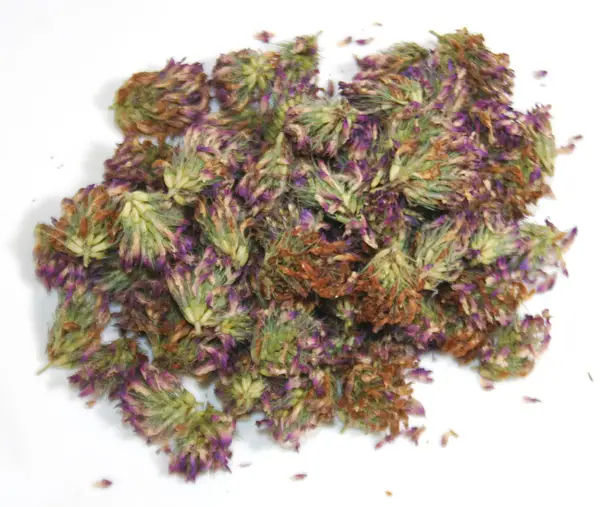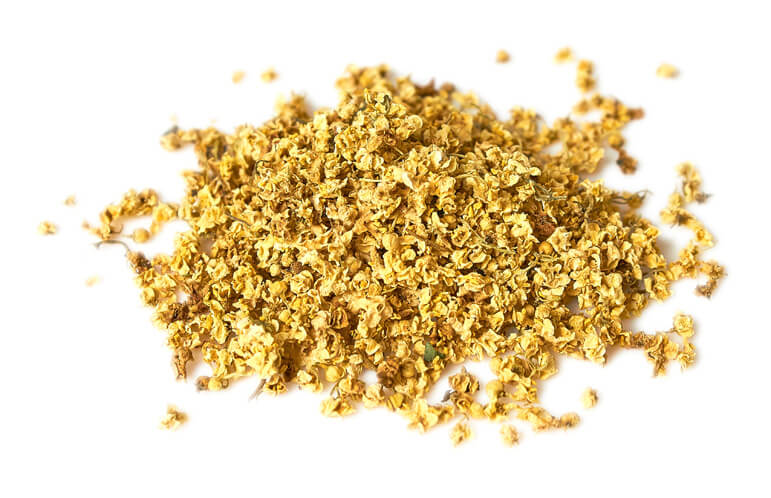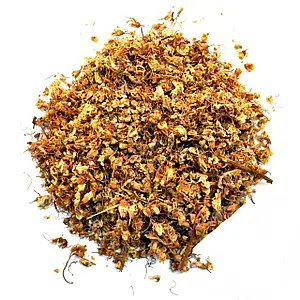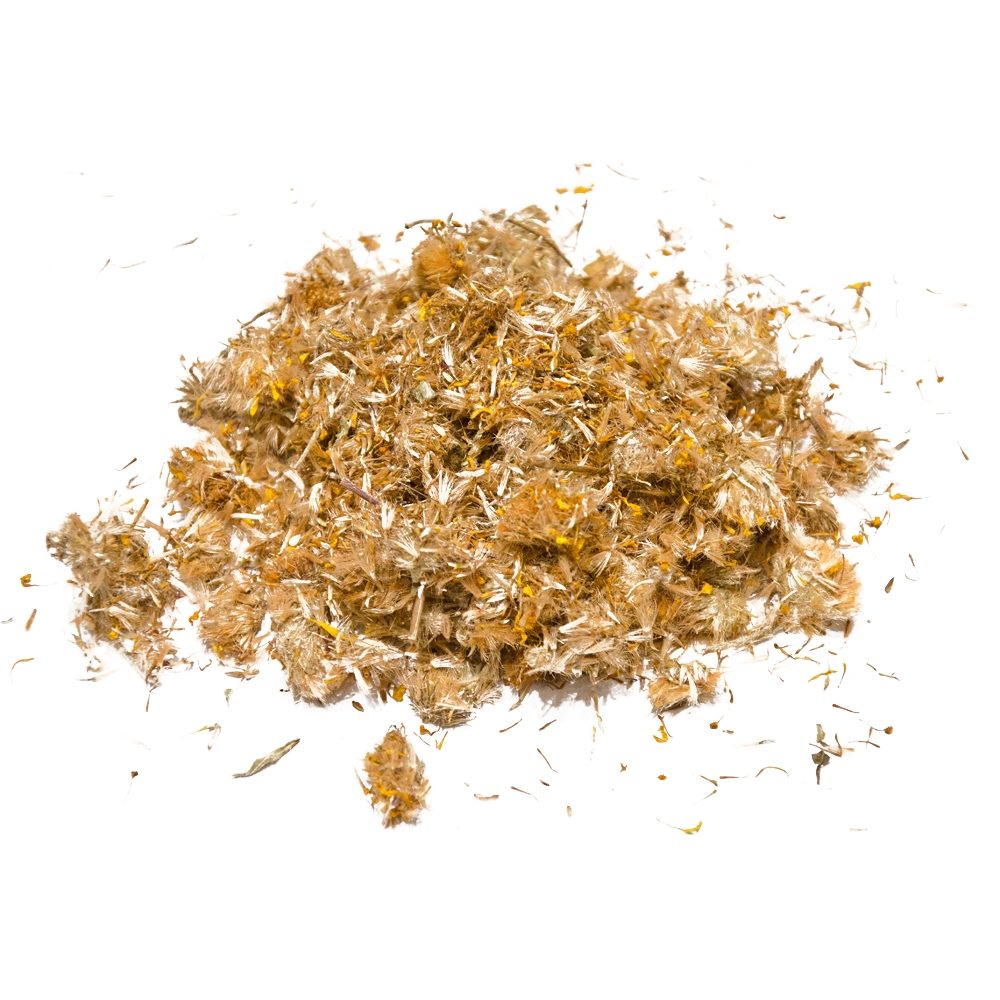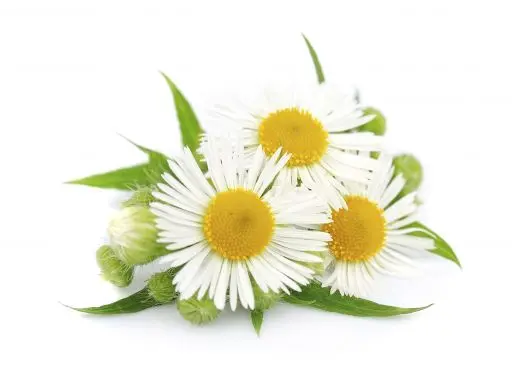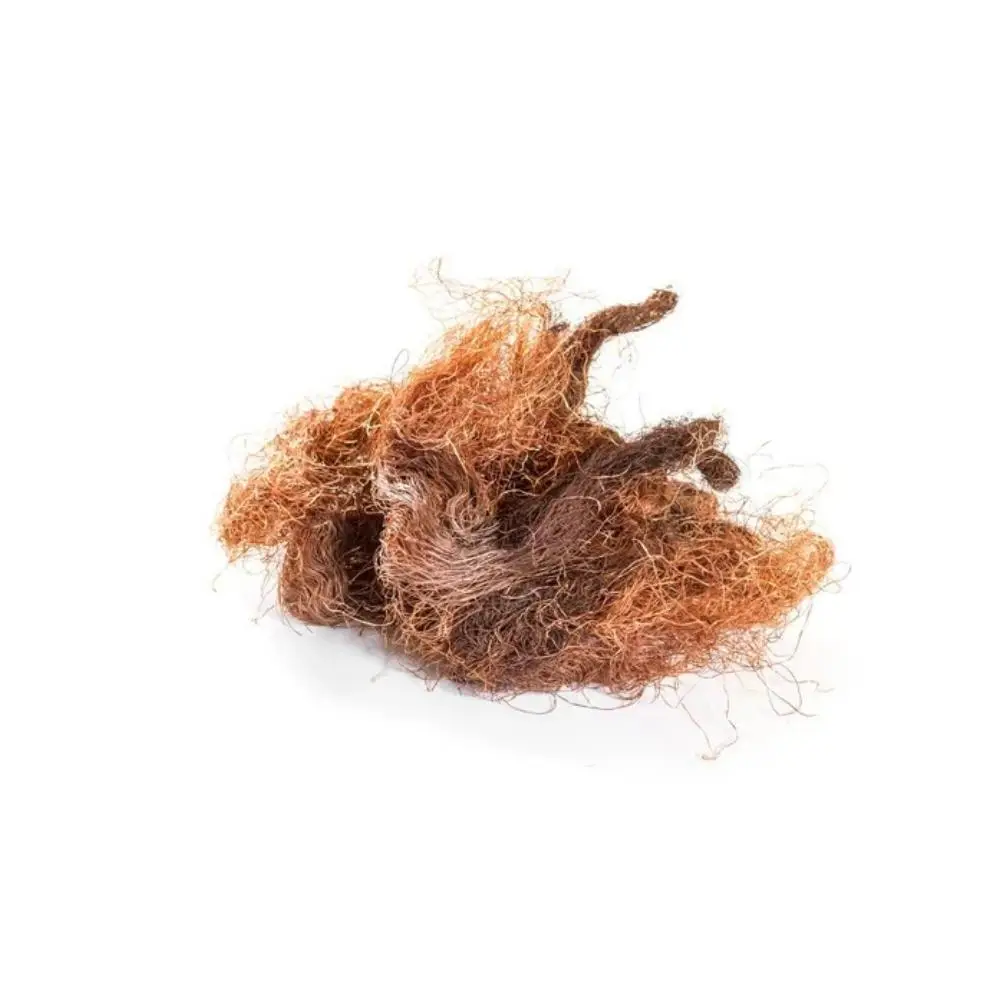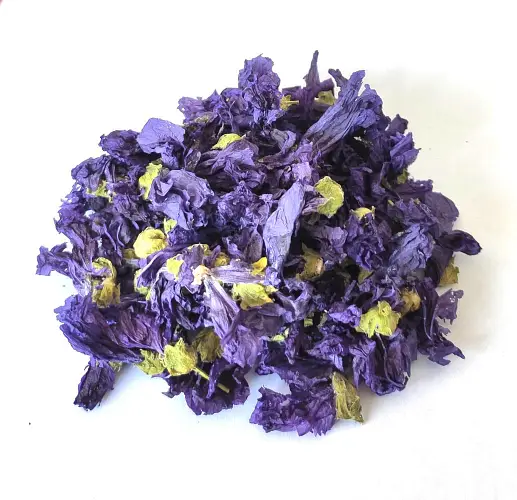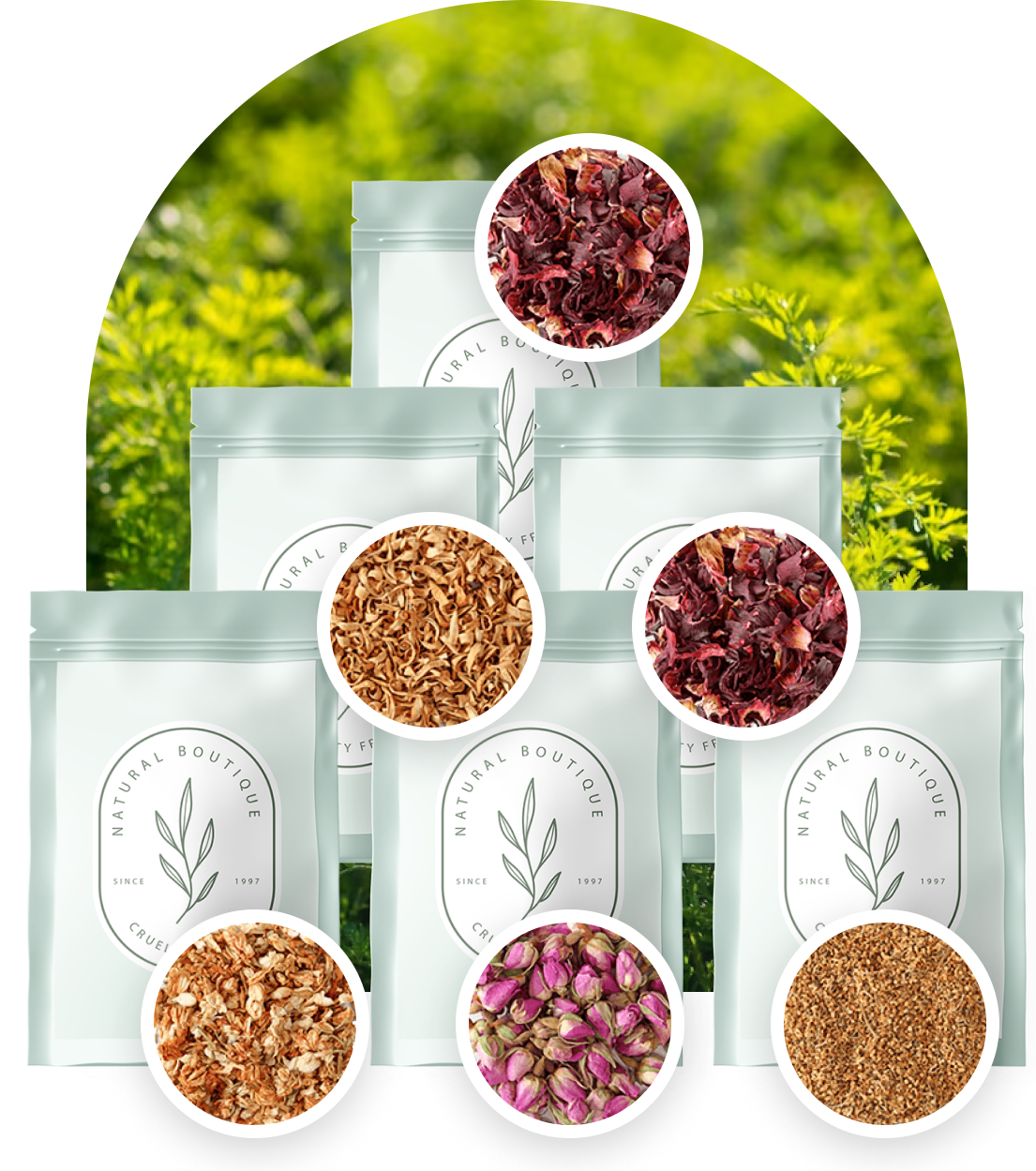The blue cornflower is a genus of herbaceous plants of the Aster family. The stem is straight and branched, 30-70 cm tall with a tap root system. Basal and lower leaves are wide, have a blunt tip and long petioles. Leaves can be green or gray in color. The flowers are collected in an inflorescence that looks like a basket. It blooms in June-July, sometimes during the whole summer. The fruit ripens in August.
Cornflower grows as a weed among field crops, perennial grasses, on the edges of fields, near forest strips, along roadsides, on fallows.
For medicinal purposes, only the blue marginal corollas of the flowers should be used. Dry in a dark, well-ventilated room to preserve the blue color and not lose biologically active substances. Dried flowers must have their natural color!
Anthocyanins, flavones, flavonols are found in cornflower flowers. The flavone group of glycosides contains centaurin, cyanin, cicorin, and pelargonin. Bitter substances, dyes, tannins, protein substances, saponins and mineral salts were also found in the flowers.
In traditional medicine, cornflower blue flowers are used for diseases of the kidneys and urinary tract, accompanied by a delay in the release of urine, in the treatment of chicken blindness, tonsillitis, laryngitis, urolithiasis, respiratory diseases, fever, headache. An infusion of flowers is used for colds, especially for coughs and whooping cough. It is a good cosmetic product for skin with enlarged pores.
Dry raw materials are stored in canvas bags or in glass jars, closed with a lid, in a dark place.
